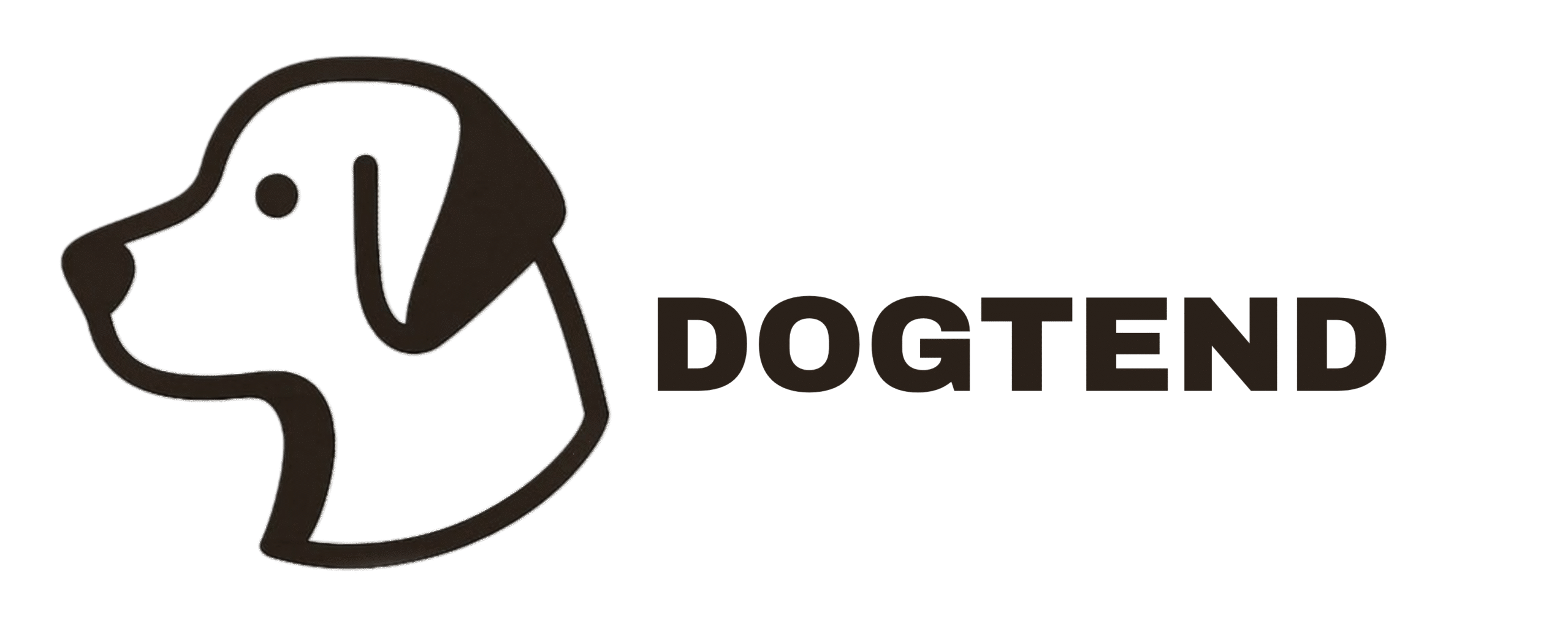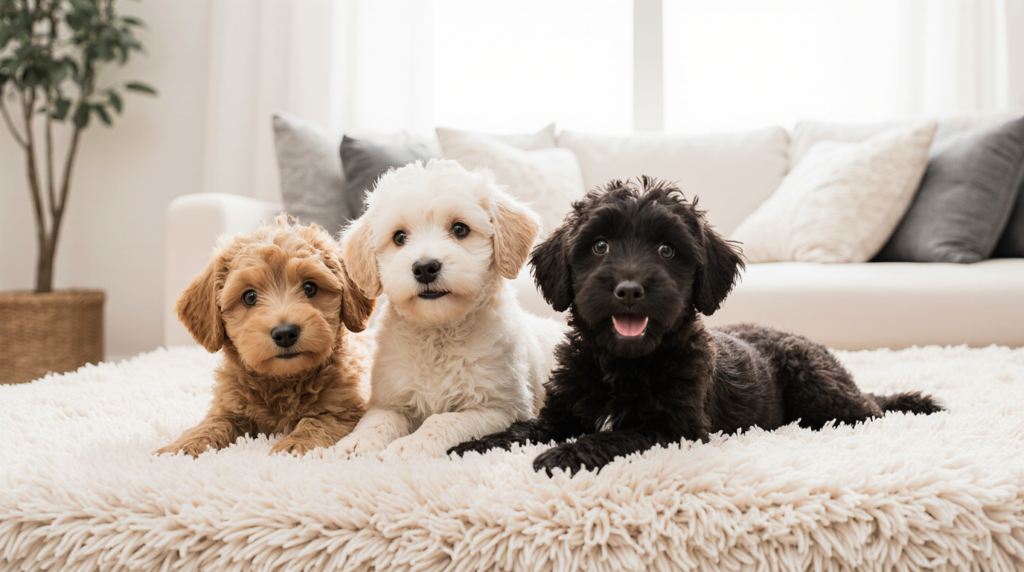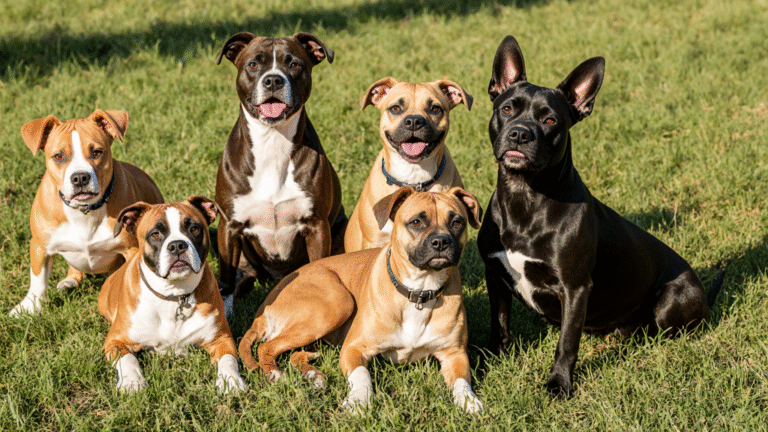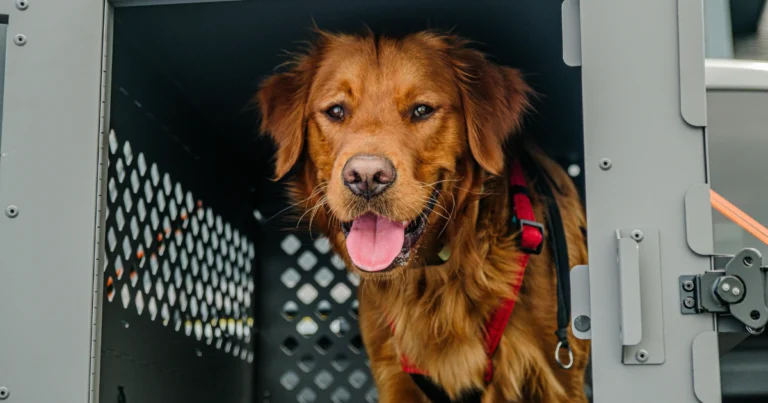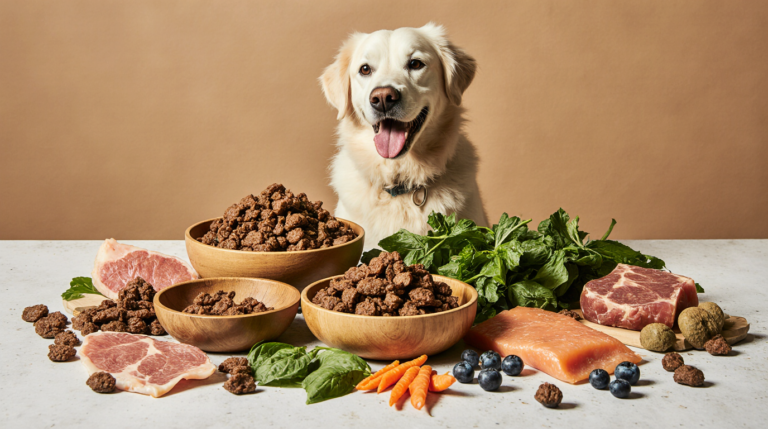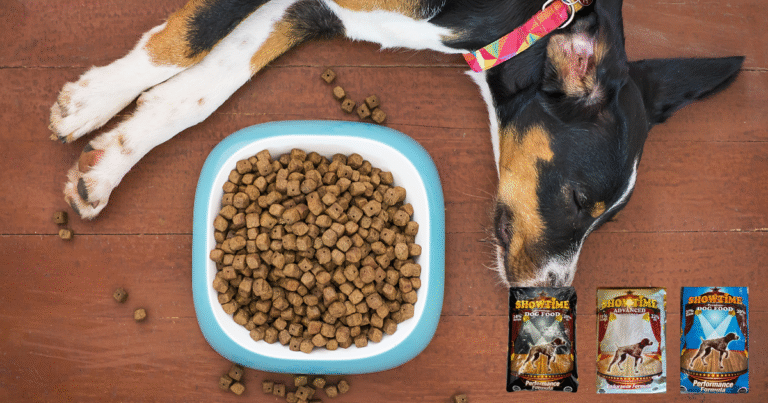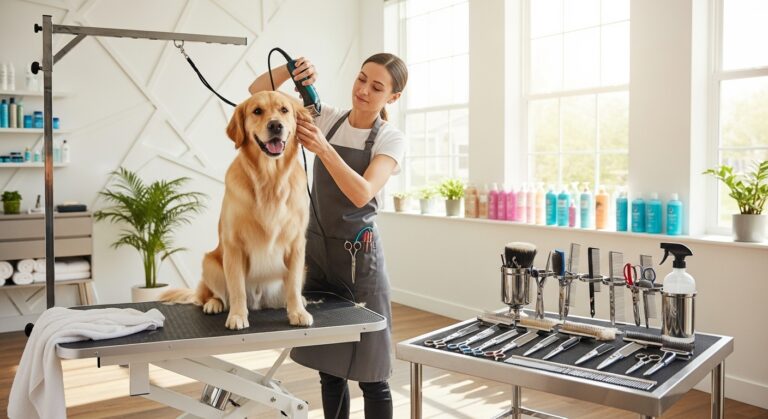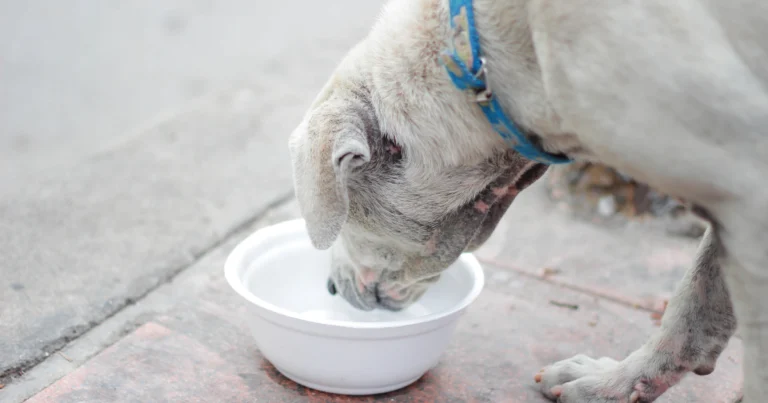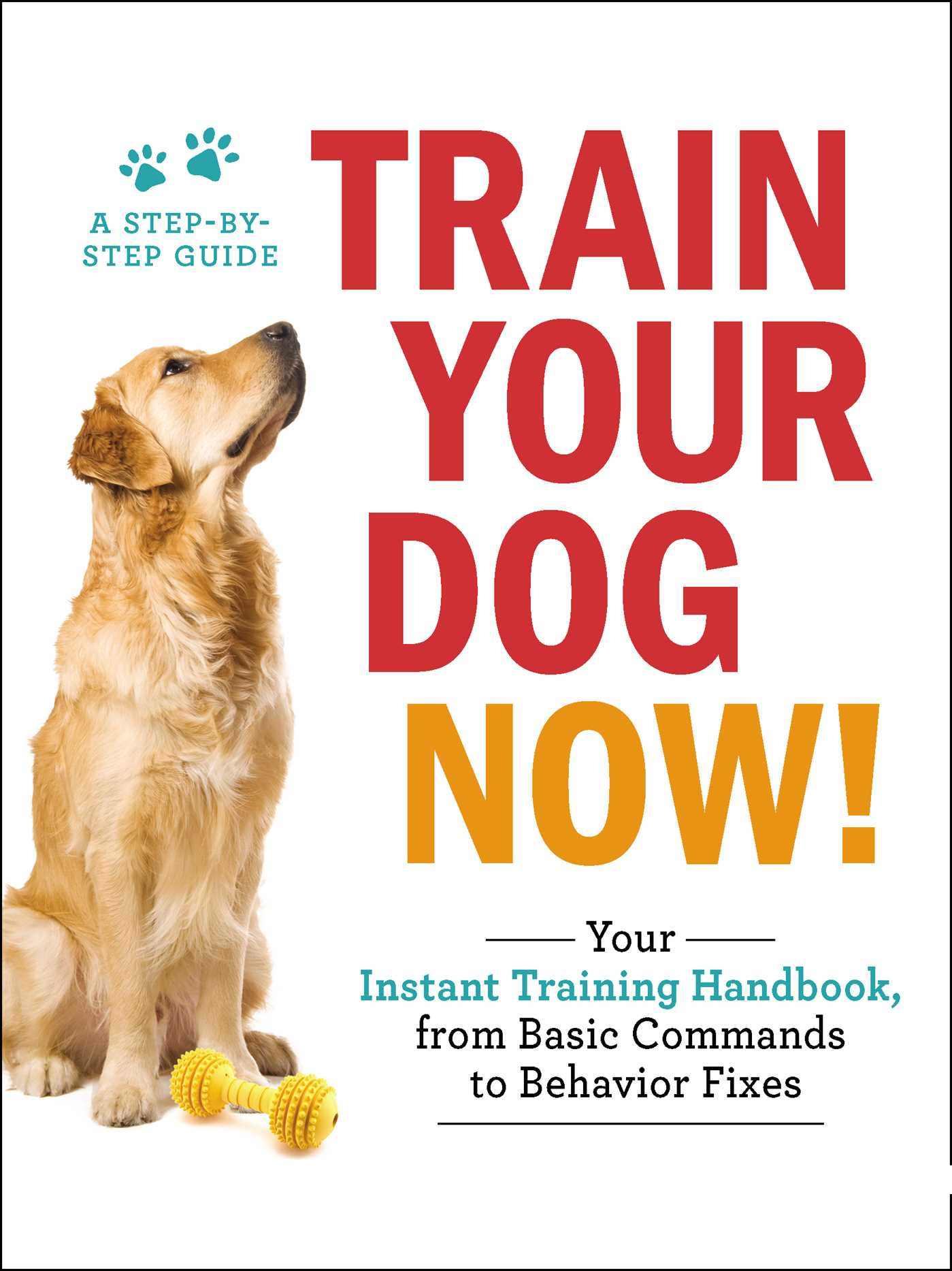dalmatian puppies
The Complete Guide to Dalmatian Puppies: Everything You Need to Know
When you think of dalmatian puppies, images of adorable spotted bundles of energy likely come to mind. These iconic dogs, immortalized by Disney’s “101 Dalmatians,” are much more than their distinctive coats suggest. Dalmatian puppies grow into intelligent, athletic companions that require dedicated care, proper training, and understanding of their unique breed characteristics.
If you’re considering bringing home one of these spotted beauties, you’re embarking on a rewarding but demanding journey. Dalmatian puppies are not just cute pets—they’re energetic, intelligent working dogs that need committed owners who understand their specific needs and potential health considerations.
Why Choose a Dalmatian Puppy?
Temperament and Energy Requirements
Dalmatian puppies are known for their high energy levels, intelligence, and loyal nature. A 2024 UK study found a life expectancy of 13.2 years for the Dalmatian compared to an average of 12.7 for purebreeds and 12 for crossbreeds, making them a long-term commitment that rewards dedicated owners with years of companionship.
Key Temperament Traits:
- High energy and endurance (bred as carriage dogs)
- Intelligent and trainable but can be independent
- Loyal and protective of their family
- Social dogs that thrive on interaction
- Natural athletes requiring substantial daily exercise
The Commitment Factor
Before falling in love with those adorable spotted faces, consider the significant commitment dalmatian puppies require:
Daily Requirements:
- 2+ hours of exercise and mental stimulation
- Consistent training and socialization
- Regular grooming despite their short coat
- Ongoing health monitoring for breed-specific issues
- Strong leadership and structure
Long-term Considerations:
- High exercise needs throughout their 13+ year lifespan
- Potential for significant veterinary expenses
- Need for experienced, active owners
- Strong shedding despite short coat
- Possible special needs if hearing impaired
Finding Your Dalmatian Puppy
Reputable Breeders vs. Rescues
Working with Reputable Breeders:
When searching for dalmatian puppies from breeders, look for these essential qualities:
Green Flags:
- BAER testing performed on all puppies between 5-7 weeks with 7 weeks being preferred for accurate results
- Health testing for both parents (hips, elbows, eyes)
- Genetic testing for hyperuricosuria (urate stones)
- Clean, well-socialized environment
- Comprehensive health guarantees and contracts
- References from previous puppy buyers
- Active in breed clubs or dog sports
Questions to Ask Breeders:
| Health Testing | Breeding Practices | Puppy Care |
|---|---|---|
| Have both parents been BAER tested? | How many litters per year? | How are puppies socialized? |
| Can I see health clearances? | What is your return policy? | What vaccinations included? |
| Any deafness in the bloodline? | Do you compete with your dogs? | When can puppy come home? |
| Genetic testing for urate stones? | References from other buyers? | What feeding program used? |
Red Flags to Avoid:
- No BAER testing performed
- Multiple breeds available
- Puppies always available
- No health testing documentation
- Won’t allow facility visits
- No health guarantee or contract
- Unusually low or high pricing
- Poor living conditions
Rescue Adoption:
Dalmatian rescue organizations offer another excellent option for finding your perfect companion:
Benefits:
- Lower adoption fees ($200-$500)
- Adult temperament already established
- Often house-trained and past destructive puppy phase
- Supporting rescue efforts
- May come with basic training
Considerations:
- Limited puppy availability
- Unknown early socialization history
- Possible behavioral issues requiring patience
- Health history may be incomplete
What to Look for in a Puppy
Health Assessments:
- BAER testing should ideally be performed on all Dalmatian puppies at a young age, typically between 6 to 8 weeks old
- Clear, bright eyes without discharge
- Clean ears with no odor
- Healthy coat with developing spots
- Alert, active behavior
- No signs of respiratory issues
Temperament Testing:
- Confident but not overly dominant
- Curious about new people and environments
- Recovers quickly from startling sounds
- Shows interest in play and interaction
- Comfortable with gentle handling
Adoption Checklists & Contracts
Essential Contract Elements:
- Health guarantee covering genetic conditions
- Return policy if unable to keep dog
- BAER test results and hearing status
- Vaccination and deworming records
- Spay/neuter requirements and timing
- Breeding rights (if applicable)
Cost of Dalmatian Puppies
Initial Purchase Costs:
- Reputable breeder: $1,200-$3,000
- Rescue adoption: $200-$500
- Show-quality dogs: $2,500-$5,000+
First-Year Expenses:
- Veterinary care: $800-$1,500
- Supplies and equipment: $500-$800
- Food and treats: $400-$600
- Training classes: $200-$500
- Grooming: $300-$500
- Total first-year cost: $3,400-$8,900
Bringing Your Puppy Home
First 24 Hours & Settling In
The first day home is crucial for dalmatian puppies, who can be sensitive to change:
Hour 1-6: Immediate Priorities
- Tour designated safe areas only
- Offer water immediately upon arrival
- Wait 2-3 hours before first meal
- Begin establishing potty routine
- Keep interactions calm and positive
Day 1 Schedule:
- 7:00 AM: Wake up, immediately outside for potty
- 7:30 AM: First meal of the day
- 8:00 AM: Potty break, then supervised exploration
- 12:00 PM: Lunch and potty break
- 3:00 PM: Afternoon potty and play session
- 6:00 PM: Dinner followed by potty break
- 9:00 PM: Final potty break before bedtime
Managing Stress:
- Limit visitors for first week
- Maintain quiet environment
- Provide comfortable sleeping area
- Use consistent, gentle voice
- Watch for signs of overwhelm
Puppy-Proofing Your Home
Dalmatian puppies are curious and energetic, requiring thorough home preparation:
Safety Essentials:
- Secure electrical cords and outlets
- Remove toxic plants and small objects
- Install baby gates for area control
- Secure cabinets and trash cans
- Remove or elevate breakable items
- Ensure fence height adequate (6+ feet recommended)
- Check for escape routes under fences
Dalmatian-Specific Considerations:
- High jumping ability requires secure fencing
- Strong chewing instincts need durable toys
- High energy requires safe exercise areas
- Smart dogs need puzzle toys for mental stimulation
Essential Supplies
Basic Necessities:
- [ ] High-quality puppy food (appropriate for Dalmatian needs)
- [ ] Stainless steel food and water bowls
- [ ] Appropriately sized crate (42-48 inches for adults)
- [ ] Comfortable bedding
- [ ] Collar with ID tags
- [ ] 6-foot training leash
- [ ] Long line for recall training
Safety & Comfort:
- [ ] Baby gates for area management
- [ ] Variety of chew toys (Kong, bully sticks, rope toys)
- [ ] Interactive puzzle toys
- [ ] Nail clippers
- [ ] Dog brush and deshedding tools
- [ ] Puppy shampoo
Training Equipment:
- [ ] Training treats (small, high-value)
- [ ] Clicker for positive reinforcement
- [ ] Waste bags for cleanup
- [ ] Exercise pen for contained play
- [ ] Car safety harness or crate
Health & Wellness: Deep Dive
Common Dalmatian Puppy Health Issues
Deafness and BAER Testing:
Early screening using the BAER (Brainstem Auditory Evoked Response) test can confirm hearing ability. For deaf Dalmatians, specialized training techniques, including hand signals, can aid in effective communication and safety management.
Understanding BAER Results:
- Bilateral hearing: Normal hearing in both ears
- Unilateral deafness: Deaf in one ear, can live normal life
- Bilateral deafness: Completely deaf, requires special care
Scientific research has clearly demonstrated that the incidence of deafness, both unilateral and bilateral, is reduced by breeding only from dogs and bitches which have been BAER tested as having bilateral hearing.
Risk Factors for Deafness:
- Dogs with blue eyes are at increased risk of deafness, while those with a patch of colour on their head have a decreased risk of deafness
- This condition is genetically linked to the lack of pigment-producing cells vital for ear development
Urate Stones (Hyperuricosuria):
A gene mutation that causes high levels of uric acid in all Dalmatian dogs and bladder stones in some Dalmatians, has been identified by a team of researchers in the School of Veterinary Medicine at the University of California, Davis.
Prevention Strategies:
- Low-purine diet throughout life
- Adequate water intake
- Regular urinalysis monitoring
- Genetic testing of breeding dogs
- Early dietary management
Additional Health Concerns:
- Dalmatians are prone to other health problems, such as urate urinary calculi or stones, atopic dermatitis, and hypothyroidism and routine vet checks and timely medical intervention can help manage these conditions
Vaccination Schedule & Deworming
Standard Puppy Vaccination Timeline:
| Age | Core Vaccines | Optional Vaccines | Deworming |
|---|---|---|---|
| 6-8 weeks | DHPP | Bordetella | First round |
| 10-12 weeks | DHPP, Rabies | Lyme, Leptospirosis | Second round |
| 14-16 weeks | DHPP | Boosters as needed | Third round |
| 12-16 months | Annual boosters | Risk-based vaccines | As recommended |
Important Considerations:
- Complete series before public exposure
- Maintain puppy isolated until fully vaccinated
- Discuss breed-specific needs with veterinarian
- Consider titer testing for ongoing immunity
Nutrition Guide
Best Puppy Food for Dalmatians:
The correct nutrition is essential in order to fuel these wonderful traits and help Dalmatians truly thrive. The best dog food for your Dalmatian is raw food, ideally a low purine dog food option.
Key Nutritional Requirements:
- Protein: 22-28% (moderate levels to prevent excess purines)
- Fat: 8-15% for energy and coat health
- Low purine ingredients: Avoid organ meats, anchovies, sardines
- Adequate water: Essential for urinary health
- Balanced minerals: Especially calcium and phosphorus
Feeding Schedule by Age:
| Age | Meals Per Day | Amount Per Day | Notes |
|---|---|---|---|
| 8-12 weeks | 4 meals | 1-2 cups | Four feedings a day are usually adequate to meet nutritional demands |
| 3-6 months | 3 meals | 2-3 cups | Decrease feedings from four to three a day |
| 6-12 months | 2 meals | 3-4 cups | Monitor growth and adjust |
| 12+ months | 2 meals | Adult portions | Start transitioning to adult food around 14-18 months for larger dogs, 12-14 months for smaller ones |
Foods to Avoid:
- High-purine proteins (liver, kidney, heart)
- Chocolate and xylitol
- Grapes and raisins
- Onions and garlic
- High-sodium foods
Grooming Needs
Despite their short coat, dalmatian puppies require regular grooming:
Daily Care:
- Brush to manage heavy shedding
- Check ears for infection signs
- Wipe eyes if needed
- Monitor for skin irritation
Weekly Care:
- Nail trimming (start early for acceptance)
- Teeth brushing for dental health
- Thorough skin and coat inspection
- Bath only when necessary (monthly or less)
Professional Grooming:
- Every 6-8 weeks for nail trims and ear cleaning
- Seasonal deshedding treatments
- Sanitary trims as needed
Recognizing Signs of Illness
Immediate Veterinary Attention:
- Difficulty urinating or blood in urine (urate stones)
- Excessive lethargy or behavior changes
- Vomiting or diarrhea lasting >24 hours
- Difficulty breathing
- Loss of appetite for >24 hours
- Signs of pain (crying, reluctance to move)
Monitor Closely:
- Changes in water consumption
- Unusual bathroom habits
- Skin irritation or allergic reactions
- Ear odor or discharge
- Weight loss or gain
Training & Socialization
Critical Socialization Window
The 8-16 week period is crucial for dalmatian puppies’ social development:
Essential Experiences:
- Different types of people (ages, appearances, voices)
- Various sounds (traffic, appliances, other dogs)
- Different surfaces (grass, concrete, stairs, gravel)
- Car rides to positive destinations
- Gentle handling of paws, ears, mouth
- Other vaccinated, friendly dogs
- New environments (pet stores, parks, friends’ homes)
Socialization Best Practices:
- Keep experiences positive and brief
- Allow puppy to approach at their own pace
- Use high-value treats for positive associations
- Never force interactions
- Watch for signs of stress or overwhelming
Basic Obedience Training
Sit Command:
- Hold treat above puppy’s nose
- Slowly lift treat over their head
- As bottom touches ground, say “sit” and reward
- Practice 5-10 repetitions, 2-3 times daily
- Add verbal cue before lure motion
Stay Command:
- Start with puppy in sit position
- Hold hand up in “stop” gesture
- Take one small step back
- If puppy stays, immediately return and reward
- Gradually increase distance and duration
Come (Recall):
- Start in secure, enclosed area
- Crouch down and call puppy enthusiastically
- Always reward when puppy comes
- Never call for negative experiences
- Practice daily with long line for safety
Down Command:
- Start with puppy in sit
- Lower treat to ground between paws
- As puppy follows treat down, say “down”
- Reward when elbows touch ground
- Be patient—this can be challenging for some puppies
Potty Training & Crate Training Specific to Dalmatians
Crate Training Strategy:
- Choose appropriate size (room to stand, turn, lie down)
- Make crate positive with meals and treats
- Start with short periods, gradually increase
- Never use crate as punishment
- Avoid over-exercising puppies to protect their developing joints
Potty Training Schedule:
- First thing every morning
- 15-30 minutes after meals
- After naps and play sessions
- Every 2-3 hours during day
- Last thing before bedtime
Dalmatian-Specific Tips:
- High energy means more frequent potty breaks
- Intelligent breed learns quickly with consistency
- May need extra mental stimulation to prevent destructive behavior when confined
Managing High Energy & Impulse Control
Energy Management Strategies:
- Provide adequate physical exercise for age
- Include mental stimulation activities
- Use training sessions to tire mind and body
- Rotate toys to maintain interest
- Create structured play sessions
Age-Appropriate Exercise:
- 8-16 weeks: 5 minutes per month of age, twice daily
- 4-6 months: Short walks and supervised play
- 6-12 months: Gradually increase distance and intensity
- 12+ months: Can begin more intensive exercise
Impulse Control Exercises:
- “Wait” before meals and doors
- “Leave it” for inappropriate items
- Settle on command
- Controlled greetings with people
- Polite leash walking
Dealing with Common Puppy Behaviors
Biting and Nipping:
- Redirect to appropriate chew toys
- Use “ouch” and withdraw attention
- Provide adequate exercise and mental stimulation
- Never use physical punishment
- Consistency from all family members
Chewing:
- Provide variety of appropriate chew toys
- Puppy-proof valuable items
- Supervise when not crated
- Redirect inappropriate chewing immediately
- Ensure adequate exercise to reduce destructive energy
Excessive Barking:
- Identify triggers (doorbell, outside noises)
- Use positive interruption techniques
- Teach “quiet” command with rewards
- Provide adequate mental stimulation
- Address underlying anxiety or boredom
Exercise & Mental Stimulation
Age-Appropriate Exercise Guidelines
8-16 Weeks:
- Multiple short play sessions
- Indoor exploration and games
- Brief, supervised outdoor time
- Focus on socialization over physical exertion
4-6 Months:
- 20-30 minutes structured exercise
- Longer walks on leash
- Supervised play with other puppies
- Introduction to basic agility obstacles
6-12 Months:
- 45-60 minutes daily exercise
- Off-leash play in secure areas
- Swimming (excellent low-impact exercise)
- Beginning jogging for older puppies
Importance of Mental Games & Enrichment
Daily Mental Stimulation:
- Puzzle feeders and treat-dispensing toys
- Hide and seek games
- Basic training sessions (5-10 minutes multiple times)
- Scent work and nose games
- Rotating toy selection
Advanced Enrichment:
- Agility training
- Trick training
- Interactive puzzle toys
- Snuffle mats for food foraging
- Structured play dates with other dogs
Growth & Development Milestones
Month-by-Month Expectations
2 Months (8 weeks):
- Weight: 10-15 pounds
- Behavior: Very playful, sleeping 18-20 hours
- Training: Basic house training, name recognition
- Health: First vaccinations, BAER testing complete
3 Months (12 weeks):
- Weight: 15-25 pounds
- Behavior: More confident, exploring more
- Training: Basic commands, leash introduction
- Health: Second vaccination series
4 Months (16 weeks):
- Weight: 25-35 pounds
- Behavior: Increased energy, testing boundaries
- Training: Consistent obedience, socialization priority
- Health: Final puppy vaccinations
6 Months:
- Weight: 35-45 pounds
- Behavior: Adolescent phase begins, more independent
- Training: Advanced commands, impulse control
- Health: Spay/neuter consideration
8 Months:
- Weight: 45-55 pounds
- Behavior: Testing limits, increased exercise needs
- Training: Consistent reinforcement needed
- Health: Growth monitoring important
12 Months:
- Weight: 50-65 pounds (nearly adult size)
- Behavior: Maturing but still playful
- Training: Adult expectations, advanced skills
- Health: Transitioning to adult food
Physical Development Markers
Spot Development:
- Born completely white
- Spots appear around 2-3 weeks
- Full spot pattern develops by 6 months
- Spots continue darkening throughout first year
Size Predictions:
- At five months of age, the gaining process is beginning to slow down a little. A Dalmatian puppy needs feeding as soon as its tummy line (look at it from the side) it tucked up. A Dalmatian puppy should always have a rounded belly and not a defined waistline like an Adult
Living with an Adult Dalmatian: Setting Expectations
Transition to Adulthood
What to Expect:
- High exercise needs (2+ hours daily)
- Continued training requirements
- Strong bond with family
- Protective instincts develop
- Calmer but still energetic personality
Adult Requirements:
- Consistent leadership and structure
- Regular exercise regardless of weather
- Ongoing socialization needs
- Annual health monitoring
- Possible special dietary considerations
Long-term Considerations:
- 13+ year commitment
- Higher veterinary costs due to breed-specific issues
- Need for experienced, active owners
- Strong shedding throughout life
- Potential hearing impairment management
Conclusion
Bringing home dalmatian puppies is an exciting journey that requires preparation, dedication, and understanding of their unique needs. These spotted companions offer incredible loyalty, intelligence, and energy that can bring years of joy to the right family.
Key Success Factors:
- Choose reputable breeders who perform health testing
- Understand the high exercise and training requirements
- Prepare for potential health challenges specific to the breed
- Commit to consistent training and socialization
- Budget for ongoing care and potential medical expenses
Final Recommendations:
- Research extensively before committing
- Connect with breed clubs and experienced Dalmatian owners
- Establish relationship with veterinarian familiar with breed
- Consider your lifestyle compatibility honestly
- Prepare for a long-term, rewarding commitment
Remember that dalmatian puppies grow into dogs that need experienced, active owners who can provide the structure, exercise, and care these magnificent dogs deserve. With proper preparation and commitment, you’ll have a loyal, spotted companion who will enrich your life for many years to come.
Always consult with veterinary professionals for specific health concerns and certified trainers for behavioral issues. This guide provides general information based on current research and should not replace professional advice tailored to your individual puppy’s needs.
